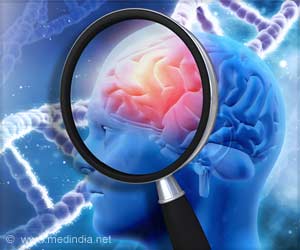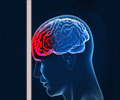Microglia, a type of brain cells holds the key to inflammation after head injury. The study was designed to mimic the type of TBI a person would experience after hitting the head with enough force to briefly lose consciousness.

‘The drug used to eliminate the microglia from the mouse brain isn't likely a potential treatment for brain injury in humans because it would cause too much damage to other vital functions of these cells, which make up about 10 to 15 percent of all brain cells.’





Finding potential targets for treatment of serious brain injury is a major goal of neuroscience because there are currently no known approved medications to treat it, Witcher said. Furthermore, understanding cellular-level changes associated with sports-related concussion and other brain injuries could give health care providers better scientific support for post-injury recommendations, such as how long an athlete should stay off the field, she said. The study was designed to mimic the type of traumatic brain injury a person would experience after hitting his or her head with enough force to briefly lose consciousness.
"Chronic inflammation with brain injury is harmful, and in this study we were able to eliminate that inflammatory response of the immune system by targeting just one specific cell type," said Jonathan Godbout, the study's senior author and assistant director for basic science at Ohio State's Institute for Behavioral Medicine Research.
"Now, we have a specific cell to aim for when looking at potential interventions to decrease the harm caused by concussions," Godbout said.
Though other cell types, including those that make up blood vessels, have been previously implicated in the inflammation following serious head injury, this study offers detailed proof that immune cells called microglia play a key role, said Godbout, a professor of neuroscience who is part of Ohio State Wexner Medical Center's Neurological Institute.
Advertisement
The research team also is seeking more details about the inflammatory response at different periods of time after injury.
Advertisement
Previous efforts to treat traumatic brain injury with anti-inflammatories have been unsuccessful in humans, Witcher said, highlighting the need for neuroscientists to explore novel treatment approaches.
The research also uncovered an anomaly in the microglia cells in the brain after injury: They were elongated.
"For now, we don't really know what that structure means and whether it has any functional significance, but those are questions we'd like to explore," Witcher said.
She and Godbout also said they're interested in understanding if some of the cells are "good guys" and others are "bad guys."
"It's possible that some promote inflammation and others work against it, maybe even by keeping neurons alive," Godbout said.
Source-Eurekalert















